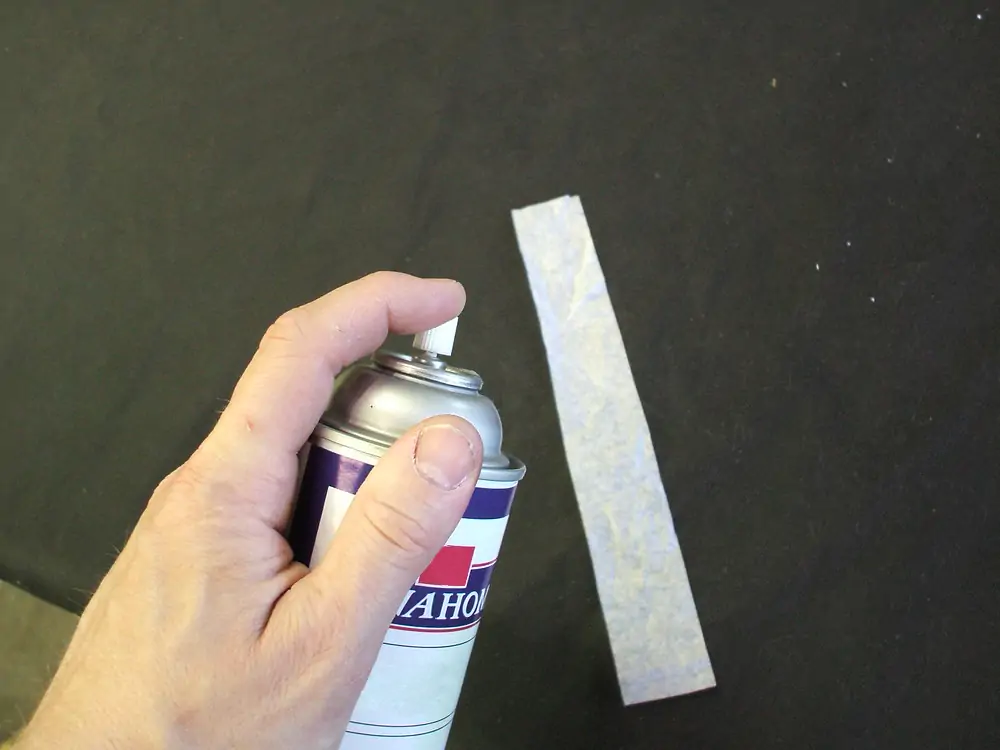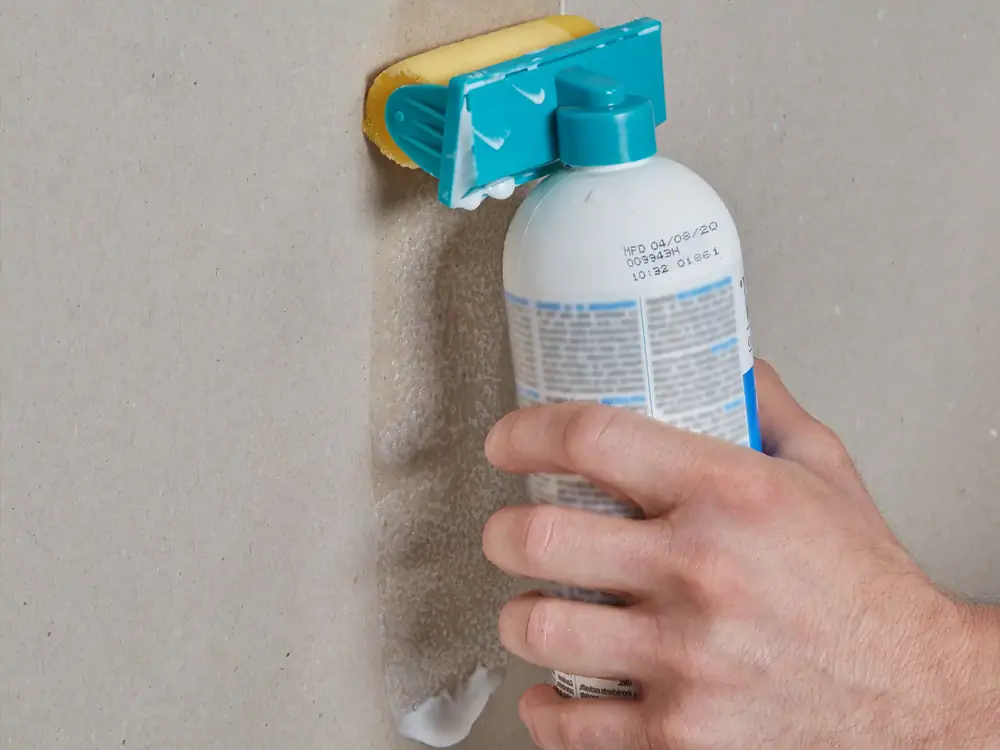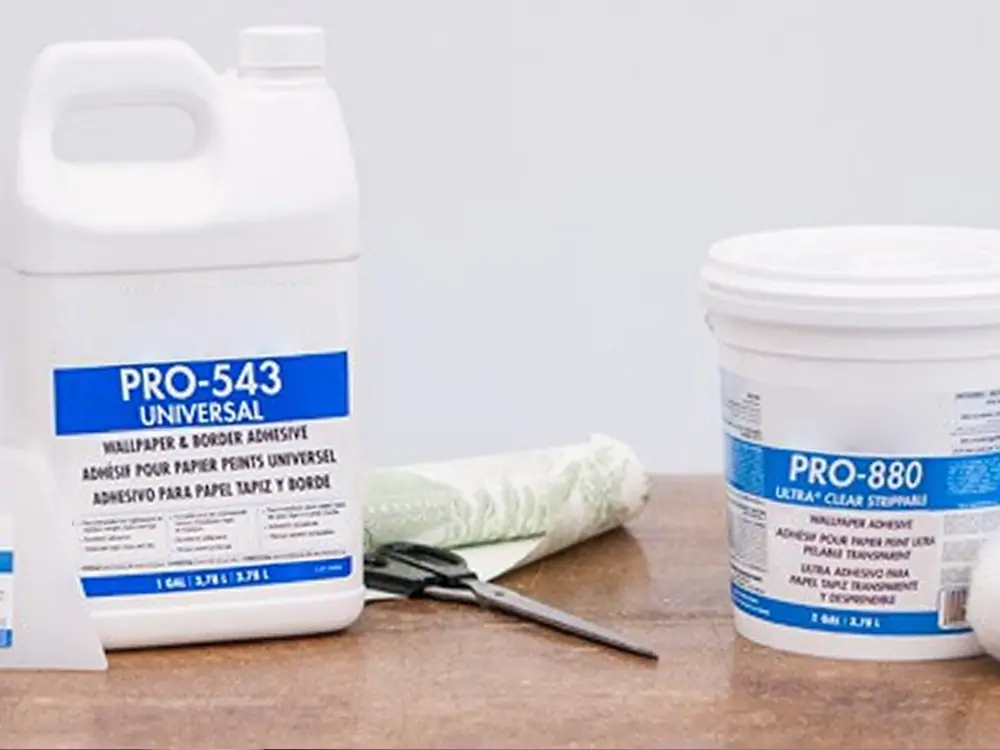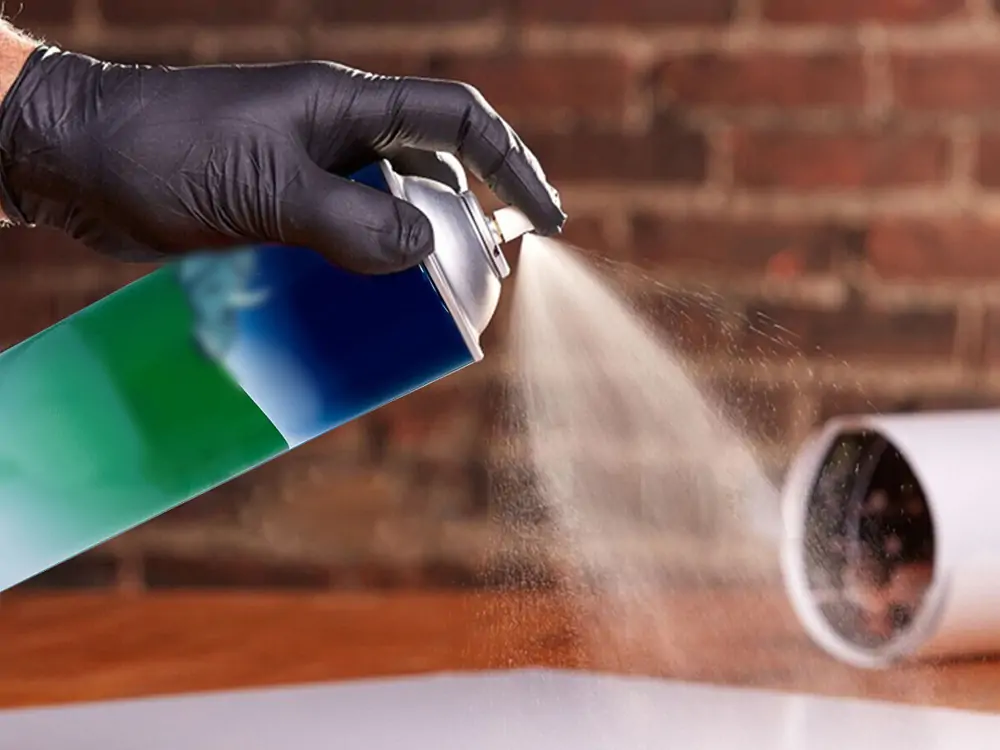Choosing the right wallpaper spray adhesive is a crucial decision. It can significantly impact the ease of application, durability, and overall appearance of your wallpaper. Given the multitude of choices in the market, it is crucial to grasp the fundamental factors involved. These factors should guide your selection process. This all-encompassing manual strives to provide you with the information necessary to make a well-informed decision, guaranteeing the success and durability of your wallpapering endeavor.

Understanding Wallpaper Spray Adhesives
Spray adhesives for wallpaper are specially formulated products. They are designed to adhere wallpaper to various surfaces. They provide a convenient and effective substitute for conventional paste adhesives. They provide a uniform application without the mess. Nevertheless, spray adhesives vary in their composition and properties. Selecting the appropriate one requires considering several important factors.
It is essential to comprehend the various kinds of wallpaper adhesive. It helps achieve the best results in your wallpapering project. Each type of adhesive caters to specific wallpaper materials. It also caters to specific application methods and environmental conditions. Here’s a breakdown of the common wallpaper adhesive types:
Wall Adhesives Designed for Different Types of Walls
1. Paste-the-Wall Adhesives
Characteristics: These adhesives are applied directly to the wall instead of the wallpaper. They tend to be less messy and allow for quicker wallpaper application.
Best For: Non-woven wallpapers and some paper wallpapers. It is ideal for DIY projects due to its ease of use.

2. Paste-the-Paper Adhesives
Characteristics: Traditional wallpaper adhesives require an application to the back of the wallpaper. A designated soaking period is often necessary for the adhesive to become active before installation.
Best For: Standard paper wallpapers require soaking to expand before hanging. Some specialty wallpapers also require specific soak times.
3. Pre-Mixed Vinyl Adhesives
Characteristics: These adhesives come ready to use. They are designed for vinyl wallpapers and offer strong, durable bonds.
Best For: All types of vinyl wallpapers include solid vinyl, vinyl-coated, and fabric-backed vinyl wallpapers.

4. Clear Adhesives
Characteristics: Transparent adhesives don’t leave stains. They are suitable for delicate wallpapers where adhesive visibility might be an issue.
Best For: Wallpapers with transparent or light-colored backgrounds and delicate materials may show stains.
5. Heavy Duty Adhesives
Characteristics: These adhesives are formulated for extra strength and durability. They can hold heavier wallpapers and are often moisture-resistant.
Best For: Heavyweight wallpapers, such as grasscloth, burlap, or other textured and specialty wallpapers.

6. Wheat or Cellulose-based Adhesives
Characteristics: These adhesives are crafted using materials derived from nature. They are eco-friendly and often used for traditional wallpaper hanging methods.
Best For: Classic wallpapers often require a delicate touch. They include handmade or historic reproduction wallpapers.
7. Strippable Adhesives
Characteristics: These adhesives are designed for easy removal. They allow wallpapers to be stripped off the walls without leaving residue or damaging the wall surface.
Best For: Temporary wallpapers or in situations where frequent wallpaper changes are anticipated.
8. Solvent-based or Acrylic Adhesives
Characteristics: These adhesives are known for their strong bond and moisture resistance. However, they may have more pungent odors and require careful handling.
Best For: Utilize wallpapers in spaces with elevated moisture levels, such as bathrooms and kitchens. Also, use wallpapers that need a very durable bond.
Choosing the Right Type
When selecting a wallpaper adhesive, consider the wallpaper material. Also, think about the room’s environmental conditions, like humidity and temperature fluctuations. And consider your personal preferences for ease of application and cleanup. Adhering to the guidelines provided by the wallpaper manufacturer is crucial. Some wallpapers may need specific adhesive for best performance and longevity. Understanding these adhesive types and their applications will guide you. It will assist you in making a well-informed choice. It will ensure your wallpaper installation is both beautiful and durable.
Surface Compatibility
The surface where you’ll put the wallpaper affects which adhesive you choose. Some adhesives are formulated for specific surfaces like drywall, plaster, or even concrete. Check the product specifications. Ensure the adhesive is suitable for your wall material. Doing this ensures optimal adhesion and longevity.
Adhesive Strength and Durability
Consider the adhesive strength and durability you need. In areas with elevated humidity levels, such as bathrooms or kitchens, opt for adhesives that are waterproof or resistant to moisture. This will prevent peeling over time. For high-traffic areas, you need a durable adhesive. It must withstand wear and tear to maintain the wallpaper’s appearance.
Ease of Application
Spray adhesives offer a significant advantage in terms of their ease of application. Look for products with a nozzle that provides controlled spray patterns. This type of nozzle allows for even coverage without overspray. Additionally, consider the adhesive’s tack time. It is the time that the adhesive remains sticky. It allows for adjustments and alignments of the wallpaper strips.
Repositionability
Some wallpaper projects require precise alignment of patterns, necessitating the need for repositioning. In such cases, choose an adhesive that offers repositionability. It will let you adjust the wallpaper without losing adhesion or damaging the paper.
Drying Time
The project timeline may be impacted by the duration it takes for the adhesive to dry. Faster-drying adhesives allow for quicker completion. However, they may also require faster work. This is to align and smooth out the wallpaper before the adhesive sets. Take into account the speed at which you work and select an adhesive with a drying time that matches your requirements.
Seasonal and Climatic Conditions
The climate and season can significantly impact the spray adhesive’s performance. Keep in mind the following while putting up the wallpaper: Elevated humidity levels may extend the drying duration of the adhesive. Extremely dry conditions can speed it up. This condition might affect workability and the final outcome. Choose an adhesive formulated to work well in the current weather. It can ensure a smoother installation process and a more durable finish.
Aesthetic Outcomes
The final appearance of your wallpaper can be influenced by the adhesive used. Ensure the glue dries clear. It should not bleed through the wallpaper, which can mar the finish. Some adhesives are designed to dry transparently. They preserve the beauty of the wallpaper.
Cost and Coverage
While the expense is a significant factor to consider, it should not be the only determining aspect. Higher-priced adhesives may offer better quality and coverage. In the long term, cost savings could be achieved by minimizing the necessity for repairs or reapplications. Assess the coverage area. Calculate the required quantity. Choose a cost-efficient option without sacrificing quality.
Brand Reputation and Reviews
Examining different brands and reviewing feedback from other users can offer valuable perspectives. This can aid in gaining insights into the effectiveness and dependability of various adhesives. Choosing well-known brands with favorable reviews is typically a more secure option. They provide a guarantee of both consistency and quality.
Odor and Ventilation Requirements
Some spray adhesives have a strong odor. This smell may feel overpowering, particularly within confined areas. Consider the odor level of the adhesive and the ventilation requirements for its use. Adhesives with minimal or no scent can enhance the application experience. They hold particular significance in areas with insufficient ventilation. They are also crucial in environments like hospitals or schools, where odor can be problematic.
Professional Recommendations
Consult with professionals or DIY enthusiasts for practical advice and recommendations. They can offer firsthand experience. Their insights can help you navigate the selection process more effectively. This can help you avoid common pitfalls.
Testing and Sampling
If possible, test the adhesive on a small sample of the wallpaper and surface you plan to use. This trial run can reveal potential issues. It can be with adhesion, drying time, or appearance. It allows you to make adjustments before committing to the full project.
Conclusion
Selecting the appropriate adhesive for wallpaper spraying involves a complex decision-making process that necessitates thoughtful evaluation of several factors. These include the type of wallpaper, surface compatibility, adhesive strength, and environmental impact. Take time to assess your needs. Research available options. Guarantee the success of your application, which will elevate the aesthetic appeal and durability of your wallpaper. Guarantee the success of your application, which will elevate the aesthetic appeal and durability of your wallpaper. Keep in mind that the appropriate adhesive serves as the cornerstone for every wallpaper installation endeavor. It sets the stage for a stunning and durable finish.
